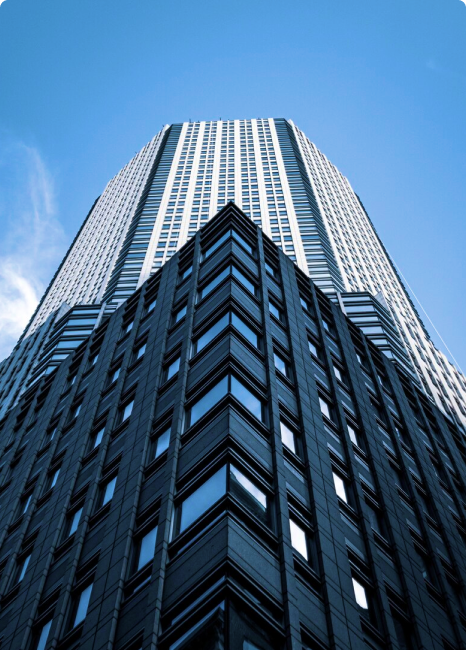Frequently Asked Questions
Can’t find the answer you’re looking for? Reach out to our team to find out more information about us and how we can help you.
Construction safety management is the process of identifying and mitigating potential hazards on a construction site to prevent accidents and injuries.
Height safety engineers are professionals who design and implement safety solutions for working at heights, such as installing roof safety systems, safety nets, and other specialist height access equipment.
Height safety experts provide advice and guidance on how to safely work at heights, including recommending appropriate height safety solutions and training workers in safe practices.
Common height safety solutions include roof safety systems, safety nets, rope access services, and specialist height access equipment like scaffolding and cherry pickers.
Roof safety systems are devices designed to prevent falls from rooftops, such as guardrails, anchor points, and safety harnesses.
Rope access services involve using ropes and harnesses to access high or hard-to-reach areas, such as the sides of buildings or bridges, for maintenance or construction work.
Safety net installation involves installing nets beneath or around a work area to catch workers or debris in case of a fall, minimizing the risk of injury or damage.
Specialist height access services include the use of equipment and techniques to access high or difficult-to-reach areas safely, such as rope access, scaffolding, and cherry pickers.
Height safety is important to prevent falls and injuries when working at heights, which can be dangerous or even fatal.
The responsibilities of height safety engineers include designing and implementing safety solutions for working at heights, conducting risk assessments, and ensuring compliance with relevant safety standards and regulations.
Height safety experts may have a range of qualifications, including certificates or diplomas in height safety or relevant trades, such as scaffolding or rope access.
When choosing a height safety provider, it is important to consider their experience, qualifications, reputation, and commitment to safety.
Common hazards associated with working at heights include falls, electrocution, being struck by falling objects, and structural collapse.
Safety when working at heights can be improved by using appropriate safety equipment, following safe work procedures, conducting regular safety training, and regularly inspecting and maintaining safety equipment.

